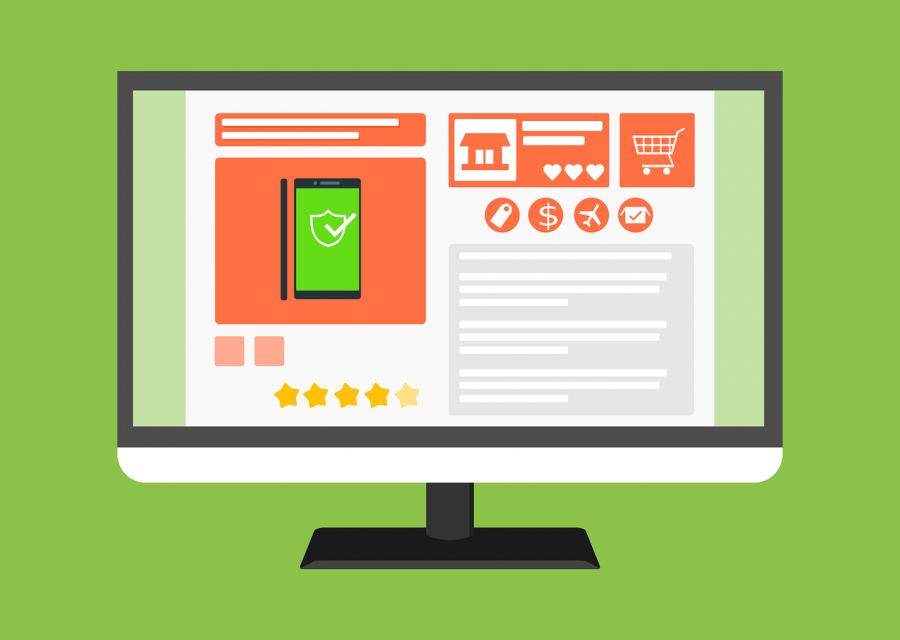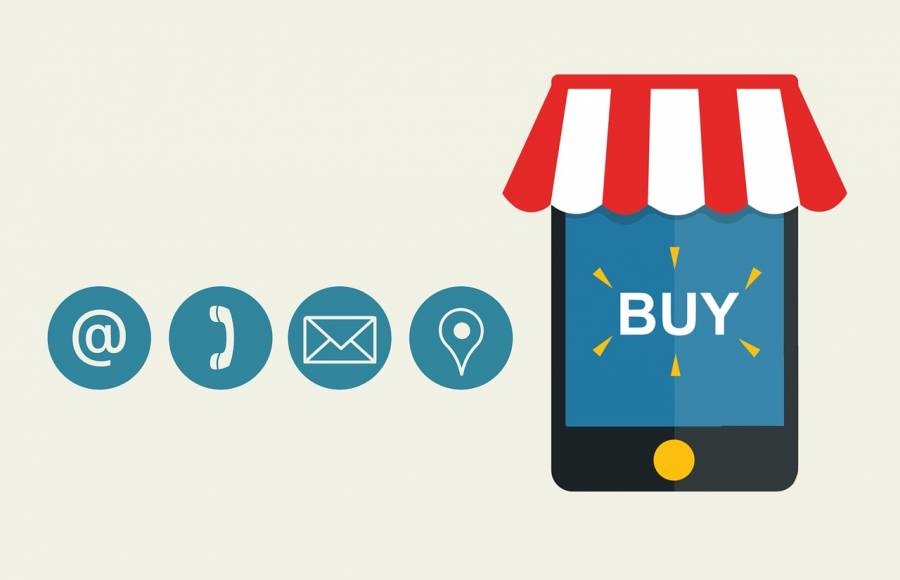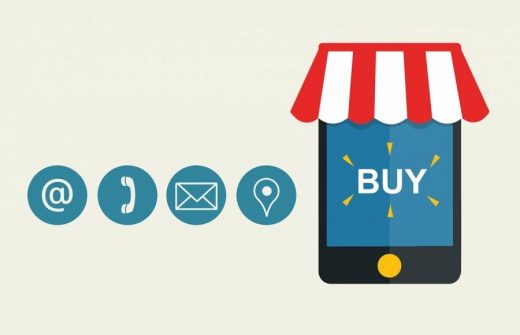Ecommerce UX Best Practices to Follow
Ecommerce UX Best Practices to Follow

Ecommerce sales are expected to double between 2016 and 2020. The research study by BigCommerce claims that 96% of U.S. buyers with internet access have made an online purchase in their life, while 80% of them have ecommerce purchases at least monthly. However, with the growth of online retail, customers’ demands have changed. Did you know that, if the content on your site is not optimized properly, 79% of visitors will go back to search and look for your competitors? Moreover, most of them will never come back. It’s essential to know ecommerce UX best practices to follow.
The stats only tells us how valuable user experience is in the ecommerce sector. In this case, UX stands for enhancing the entire buyer journey, from the moment a user lands on your store to the point they make a purchase. UX goes beyond gorgeous visuals and fluid designs. How engaging is your site? Do people get bored when navigating through it? What about its speed and mobile responsiveness?
In other words, ecommerce UX is data-oriented. It’s built on constant assessments. Most importantly, it’s 100% customer-focused.
Want to know how to increase the UX of your online store?
Let’s find out!
Provide Intuitive Navigation

Intuitive navigation lets your visitors navigate your site and take desired actions effortlessly. Easy navigation is especially important for large online stores that have complex architecture and lots of categories and filters. Your goal is to provide frictionless user experiences, allowing your customers to find what they’re looking for faster. Here are a few simple rules you should keep in mind when building navigation for your ecommerce site:
- Menu labels and product categories on your site should be descriptive – they should inform a customer about each page on your site and help them find the right products quickly.
- Reduce the number of categories in your navigation menu to increase its searchability.
- Include easy-to-spot and informative CTAs that will guide users from one page to another, towards taking the desired action.
- Include a search bar. The search bar is particularly important for those users that already know what they want to purchase. They’re more likely to use internal search than scroll down your complicated website menu.
- Use breadcrumbs. Similarly to the Hansel and Gretel story, website breadcrumbs refer to link paths that visualize a user’s location on your site. If breadcrumb navigation makes sense for your site, then include the full navigation path and make sure your breadcrumb titles match those in your menu.
Personalize the Buyer Journey
In the marketing realm, personalization is more important than ever. According to SalesForce, 62% of online users want to receive personalized offers. Most of them are also eager to share their personal data with brands to get relevant deals and spend more money on such offers. Now, there are numerous powerful ways to implement personalization with ecommerce marketing.
-
Create better-targeted content.
Running an ecommerce blog is key to building trust with your target audience and increasing your online authority. However, blogging is not only about writing a few generic articles monthly. You need to use your content to intrigue, excite, and engage your audience. Instead of passively reading a pile of information, why not allow them to participate in their experiences actively?
Create awesome explainer videos, attractive infographics, and gorgeous animations. Why not create a personality or product preferences quiz for your customers to take? Based on their answers, you can recommend products that are right for them and, in this way, generate more leads and boost sales.
If you don’t have time or resources to manage an in-house content marketing team, you can outsource your content marketing to an outside agency. They will not only diversify your content strategy but also measure its performance to see what tactics work for your customers.
-
Product-detail page recommendations.
Show your customers products similar to ones they’re interested in. You can even use this as a powerful up-selling strategy, suggesting products that are similar in style and design, but higher in price.
-
Remember your customers’ previous experiences with your brand.
The idea behind this is simple – your website remembers the items a customer viewed, making it easier for them to continue their purchase right where they left off.
-
Create a list of best sellers.
Best sellers are generally perceived as top-quality and trusted. However, instead of ranking your products by sales, use a more granular approach to make your offers relevant to different customer groups. For example, you can classify your top-selling items by a customer’s location.
-
Take user-generated content to the next level.
People love online reviews as they’re more realistic and unbiased than branded messages. Now, you’re probably already using customers’ photos, positive reviews, and testimonials to build trust with new visitors. To increase the visibility of UGC, you could add online ratings to every product on your site or create a carousel of user-generated photos at the bottom of your product pages.
Offer Exceptional Customer Support

Microsoft’s research says that, for 96% of online customers, customer service is a critical factor in their choice of brand. However, the way ecommerce buyers interact with brands has changed over time. According to Microsoft, 54% of consumers say they now have higher customer service expectations than they had the last year.
Why is this so? Remember that we’re living in the hyperconnected era, where brand-customer communication goes beyond email and phone calls. Today, customers use social networks, instant messaging apps, and chatbots to seek brand feedback in real-time. Namely, 57% of consumers would rather connect with businesses via online channels rather than voice-based customer support.
-
Have a detailed FAQ page.
Stats say that over 40% of your customers prefer self-service over other customer support methods. Providing support methods is precisely where building a comprehensive FAQ page helps. Track your customer interactions across multiple channels continuously and identify the most common questions they ask or the problems they face. Then, make a list of questions for your FAQ page and provide informative and easy-to-understand answers to these questions. A killer FAQ page and knowledgebase minimize the buying anxiety, helps customers solve problems instantly, and guides them towards converting.
-
Integrate chatbots with your website.
With the growth of AI, the use of sophisticated chatbots has also grown. In addition to answering your customers’ questions instantly, chatbots can even personalize customer conversations and make them more pleasant and better-focused. Given that, it’s not surprising that 69% of online users prefer bots for quicker interactions.
Keep the Onboarding Process Simple
Lengthy signups and checkouts are probably the most exhausting part of customer-brand interactions. Precisely because of that, you should focus on simplifying these processes and making them as short and smooth as possible.
- Simplify onboarding – you don’t have to ask your customers lots of questions at the very beginning. Their name and email address are enough to register.
- Don’t force users to register. No matter if they’re in a hurry or they simply don’t want to register; allow them the opportunity to complete the purchase the way they want.
- Use a single-column structure to make the registration process simple. This way, you will be able to structure your forms logically, ensuring users’ eyes move naturally from one point to another. Multiple columns, on the other hand, may be confusing for your customers. A bunch of columns are especially bad for mobile users, as multi-column forms don’t fit smaller screens properly.
- Separate fields into semantic sections. If your checkout forms still have lots of questions, this tactic will make them easier to follow and more predictable.
How to Identify the UX Issues with your Online Store?
Building an ecommerce marketing strategy is not all about designing a website that stands out. A beautiful website is only half the job that has to be done. The other half is setting SMART goals, aligning them with the right metrics, and analyzing your site’s performance continuously. Monitoring your site’s performance is the only way to identify the critical problems with your online store, understand your customers, and make informed changes faster.
Now, there are a few ways to test the effectiveness of your strategy. For example, you could use heatmaps to understand the click and scroll depth. The heatmap will help you find any links or buttons users cannot click and understand their browsing behaviors. You will also see whether people are scrolling consistently or they’re skipping from one part of the page to another.
Another way to test your website effectiveness is to allow session recording to see how your website visitors are browsing through your website. Is there anything that annoys them? Can you identify the patterns that lead to more purchases or those that increase customer churn rates?
Finally, make sure you choose the right ecommerce metrics to measure. Some primary KPIs you should follow are:
- The percentage of returning customers
- Average order value
- Customer lifetime value
- Shopping cart abandonment
- Revenue by traffic source
- Traffic source
- The conversion rate
- Traffic by an online source
- Marketing metrics like website traffic by source, time on site, pages per visit, subscriber growth rate, etc.
Over to You
Knowing to observe your online presence through the eyes of your customers is key to your success. Still, remember that there is no uniform UX strategy to apply. Experiment with different approaches and test their results regularly to see what works for your customers. Watching what works will help you know what to fix. Finding the right approach is the only way to attract new customers, build trust with them, and retain them over time.
The post Ecommerce UX Best Practices to Follow appeared first on ReadWrite.
(54)


